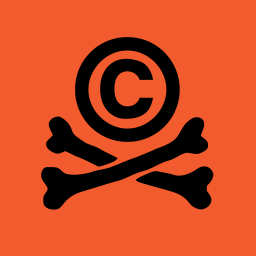What is the most useless app that you have seen being given as a subscription?
For me, I tried a ‘minimalist’ launcher app for Android that had a 7 day trial or something and they had a yearly subscription based model for it. I was aghast. I would literally expect the app to blow my mind and do everything one can assume to go that way. In a world, where Nova Launcher (Yes, I know it has been acquired by Branch folks but it still is a sturdy one) or Niagara exist plus many alternatives including minimalist ones on F Droid, the dev must be releasing revolutionary stuff to factor in a subscription service.
Second, is a controversial choice, since it’s free tier is quite good and people like it so much. But, Pocketcasts. I checked it’s yearly price the other day, and boy, in my country, I can subscribe to Google Play Pass, YouTube Premium and Spotify and still have money left before I hit the ceiling what Pocketcasts is asking for paid upgrade.
Also, what are your views on one time purchase vs subscriptions? Personally, I find it much easier to purchase, if it’s good enough even if it was piratable, something if it is a one time purchase rather than repetitive.


Wow… lots of people in here bashing the subscription model, but let me point out it’s maybe not as bad as you think…
If you sell a product under a perpetual license model (I.e the one-time purchase model). Once you’ve sold the product, the manufacturer has almost no incentive to offering any support or updates to the product. At best it’s a marketing ploy, you offer support only to get word of mouth advertising of your product which is generally a losing proposition.
Since there’s little incentive to improve the experience for existing customers. Your main income comes from if you can increase your market share which generally means making products bloated often leading to a worse experience for everyone.
If the customer wants support, you need to sell them a support contract. If they want updates you have to make a new version and hope the customer sees enough additional value to be worth upgrading. Either way we’re back to a subscription model with more steps, more risk, and less upside than market expansion so it takes a backseat.
If you want to make a great product without some variation on a subscription. You need to invest heavily upfront in development (which most companies don’t have the capital to do, and investors generally won’t invest in unproven software)
From a product perspective, you don’t know if you’ve hit the mark until people start using your product. The first versions of anything but the most trivial of products is usually terrible, because no matter how good you are, half to three quarters of the ideas you build are going to be crap and not going to be what the customers need.
Perpetual licensing works for a small single purpose application with no expectation of support or updates.
It works for applications with broad market needs like office software.
For most niche applications, subscription models offer a better experience for both the customer and the manufacturer.
The customer isn’t facing a large transition cost to switch to a competitor’s product like they would if they had to buy a perpetual license of it, so you have a lot more incentive to support and improve your product. You also don’t see significant revenue if the customer that drops your service a couple months in… even more reason to focus on improving the product for existing customers.
People ought hate the idea of paying small reoccurring fees for software instead of a few big upfront costs. But from a business model perspective, businesses are way more incentivized to focus on making their products better for you under that model.